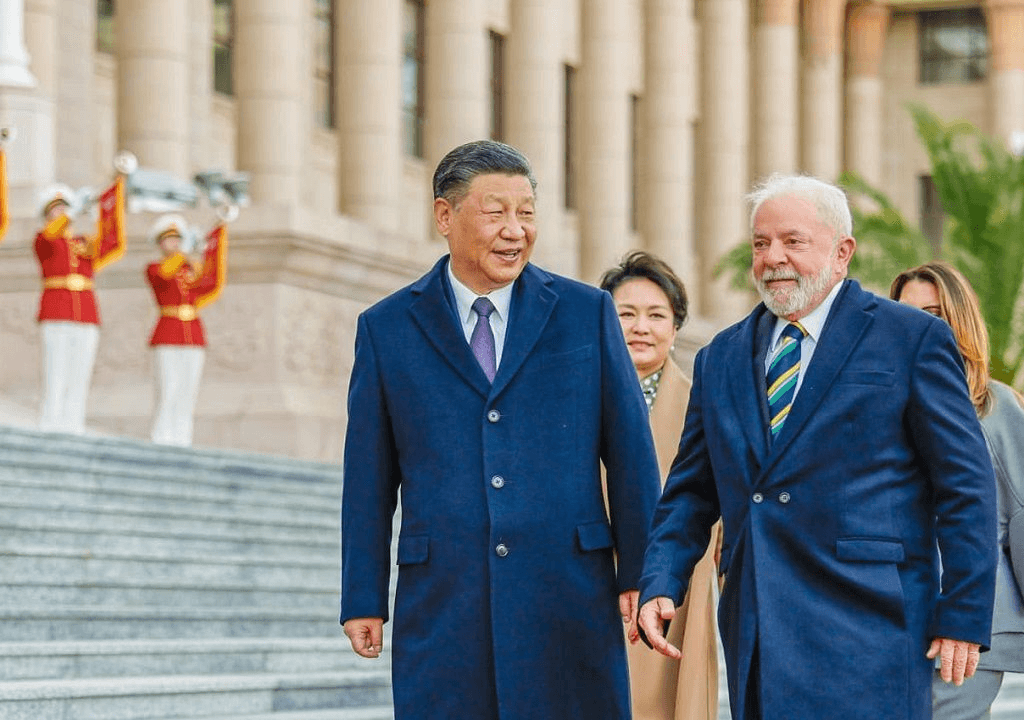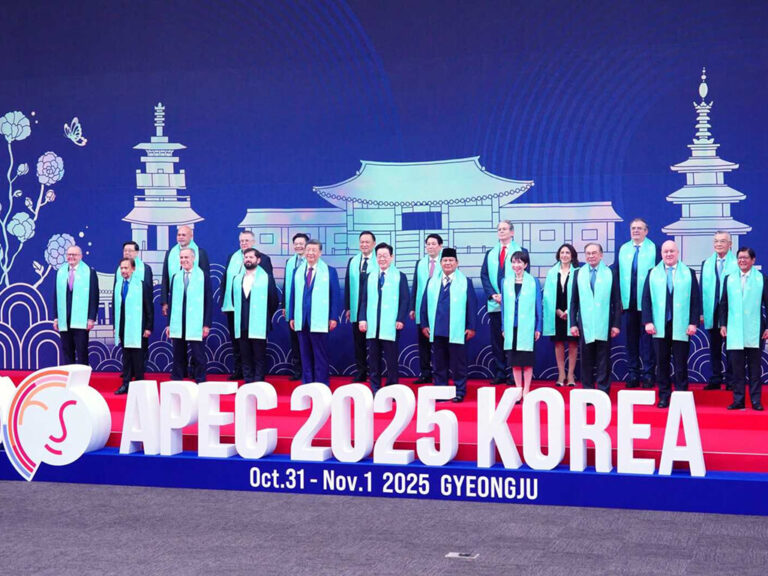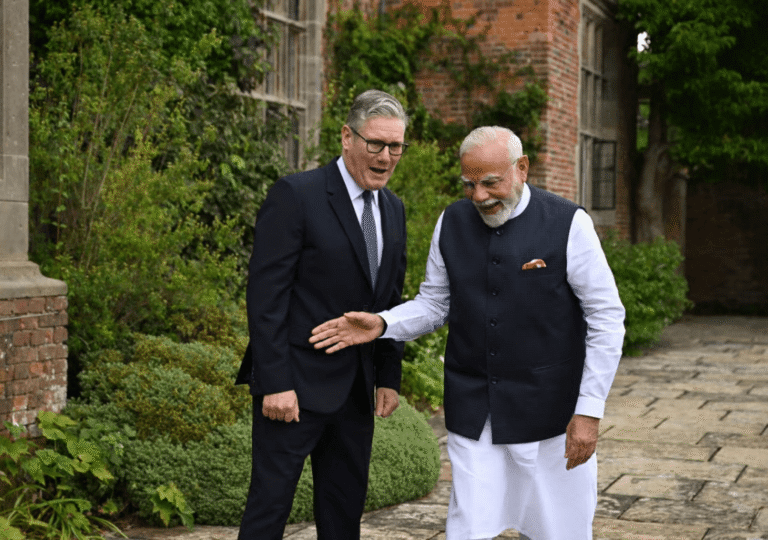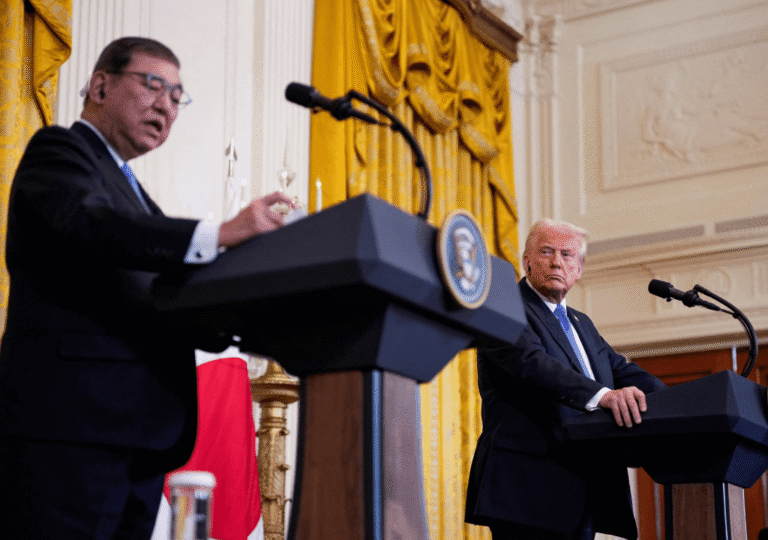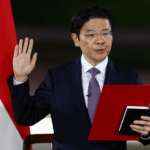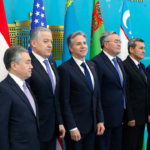Brazil, often called the “Junior America,” has long remained on the sidelines of global geopolitics. Despite being the fifth-largest country by area, the seventh most populous, and home to the world’s eighth-largest economy, Brazil has rarely received the global recognition its scale and resources merit. It has struggled to assert itself as a major power—or perhaps never fully aimed to. Instead, it has remained in the West’s shadow.
It’s like a beautiful girl who serves her masters and stays inside the house. But outside, there’s someone else waiting—someone her masters disapprove of. His name is China.
China admires Brazil’s size, population, resources—everything—and sees it as the best alternative after losing traction in the European market. While Brazil’s purchasing power is relatively low, it matches well with China’s mass-market products. China has made several efforts to build closer ties with Brazil.
The recent developments indicate that the two countries are beginning to cultivate a more mutually beneficial partnership. Amid ongoing trade tensions between the U.S. and China, a high-profile meeting between Chinese President Xi Jinping and Brazilian President Luiz Inácio Lula da Silva signaled a shift toward deeper cooperation.
This alliance could position Brazil more prominently in the evolving global order while creating significant opportunities for Chinese businesses.
The Great Relationship Between Leaders
While Brazil’s relationship with China dates back several years, it has notably deepened under the leadership of leftist President Luiz Inácio Lula da Silva. During his first term, Lula laid the groundwork for closer cooperation, boosting trade and investment flows. Although relations cooled slightly during the Bolsonaro administration, which leaned toward U.S. policy, Lula’s return has revitalized Brazil-China ties. His personal chemistry with Chinese President Xi Jinping has added a distinct warmth to the renewed partnership.
This was on display during Lula’s recent visit to Beijing, where after delivering a speech, he shared a notably warm handshake with Xi—one that quickly became more affectionate. Xi had reason to be pleased. In Lula’s address at the China-CELAC Forum—a dialogue platform between China and Latin American and Caribbean nations—he criticized U.S. tariffs and voiced support for a “Multipolar order where the Global South is duly represented.” His message closely aligned with China’s narrative, particularly in its outreach to developing nations frustrated with Western dominance.
China’s Push for New Markets
With increasing restrictions in Europe and India, and the rise of protectionist policies in the U.S. under Donald Trump, China faces mounting pressure to identify new markets. Although initiatives like the Belt and Road have sought to extend its influence, they have not fully offset the impact of lost access to traditional markets. In response, China is intensifying its efforts to expand globally—placing particular focus on South America, where Brazil stands out as a key target.
Lula’s participation in the China-CELAC Forum was a diplomatic win for Beijing as it pushes to strengthen its influence in Latin America. He was one of only three heads of state to attend, alongside the presidents of Chile and Colombia. Notably, China had focused on inviting leaders from countries with strong regional influence and closer ties to the U.S., rather than traditional allies like Venezuela and Cuba, who, despite their ideological alignment with China, hold limited sway in the region.
Lula received a high-profile welcome in Beijing, including a military ceremony in Tiananmen Square and a 21-gun salute—signaling the importance China places on the relationship.
During his keynote speech at the forum, President Xi Jinping framed China as a natural partner to Latin America, emphasizing a shared history of independence and a mutual right to development and revitalization. He stressed that China and the Latin American and Caribbean community are connected by a common future, reinforcing China’s vision of stronger South-South cooperation in an increasingly multipolar world.
The Trade on the Table
One of the key areas of cooperation between Brazil and China has been trade, which reached a record $157.5 billion in 2023. That year, China imported more than 70% of its soybeans from Brazil, while imports from U.S. farmers sharply declined. Reinforcing this growing reliance, Luckin Coffee—China’s largest coffee chain—committed to purchasing 240,000 tonnes of Brazilian coffee beans over five years, a deal valued at $1.38 billion. definitely what Brazil likes, and Lula can present.
During the latest visit of Lula to Beijing, both countries announced $4.5 billion in new Chinese investments in Brazil. Altogether, they signed 20 agreements, spanning agricultural trade, mining, nuclear energy, and currency swaps. And it looks like China wants to hold Brazil and Brazil wants to use the opportunity. the ongoing U.S.-China trade war has opened new export opportunities for Brazil, especially in the agricultural sector.
The Future Scope of the Relationship
China is increasingly focused on deepening partnerships across the Global South, viewing Brazil not only as an economic partner but as a strategic ally in its broader geopolitical agenda.
Looking ahead, the Brazil-China partnership appears likely to endure beyond Lula’s presidency. A future shift to a right-wing government might realign Brazil more closely with the United States—especially amid a possible resurgence of Trump-era politics. However, regardless of political affiliation, future leaders may recognize the value of maintaining strong ties with China as a strategic imperative. This evolving partnership could ultimately allow Brazil to step beyond its traditional Western alignment and assert a more independent and influential role on the global stage.

